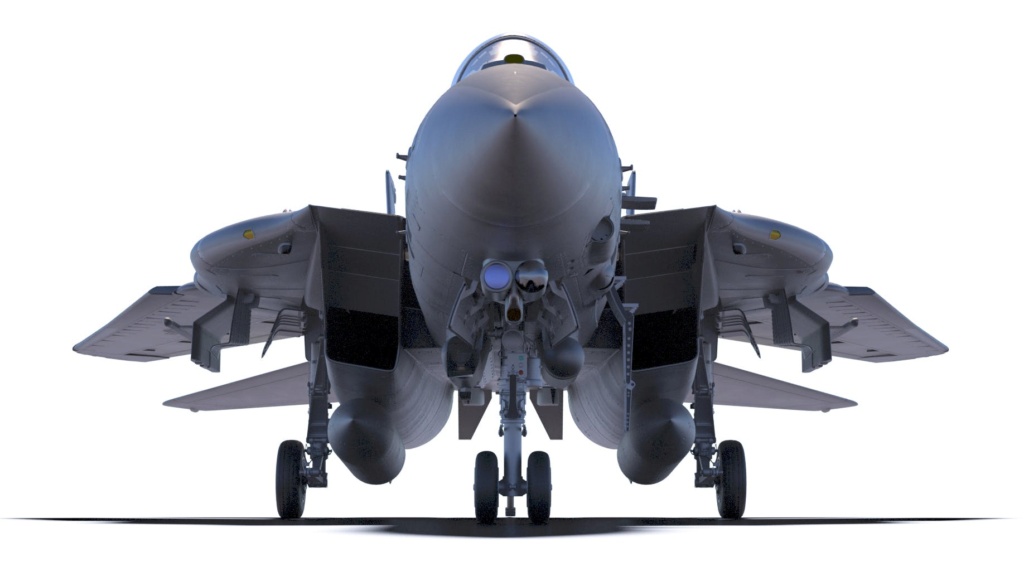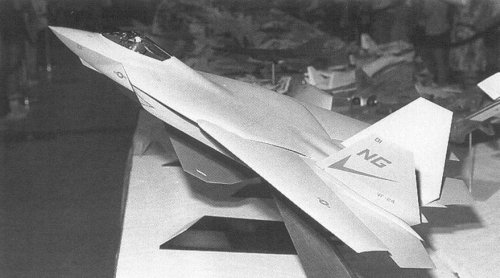A typical carrier air wing can include 24–36 F/A-18E or F Super Hornets as strike fighters; two squadrons of 10–12 F/A-18C Hornets, with one of these often provided by the U.S. Marine Corps (VMFA), also as strike fighters; 4–6 EA-18G Growlers for electronic warfare; 4–6 E-2C or D Hawkeyes for airborne early warning (AEW), C-2 Greyhounds used for logistics (to be replaced by MV-22 Ospreys); and a Helicopter Antisubmarine Squadron of 6–8 SH-60F and HH-60H Seahawks.
So typical would be 36 Hornets plus 12 Hornets... which is 48 hornets, plus 6 Hornets plus say 6 AWACS and transport and 8 helicopters.... which is about 68 aircraft in total... but that is typical... full load would be more fighters for various purposes... they would keep most on the deck, but would be operational...
It is one aircraft, not fighter, per kt, but it is also not exact. Is far less on the Kuznetsov, also less on the USN CVN, but it would be more in the semicatamaran designs proposed by Krylov.
Yes, one aircraft, but also US carriers carry rather less helicopters than the Russians do too...
Yes, totally, with more than 20-30 fighters in the deck you cannot really sustain operations.
Launching strike aircraft makes no sense if you are not launching fighter escorts and jammer aircraft to help them penetrate enemy air defences...
Not so much an issue for a Russian carrier because they wont be carrying strike aircraft and the fighters and AWACS are there to protect the fleet, not invade some country.








 kvs
kvs